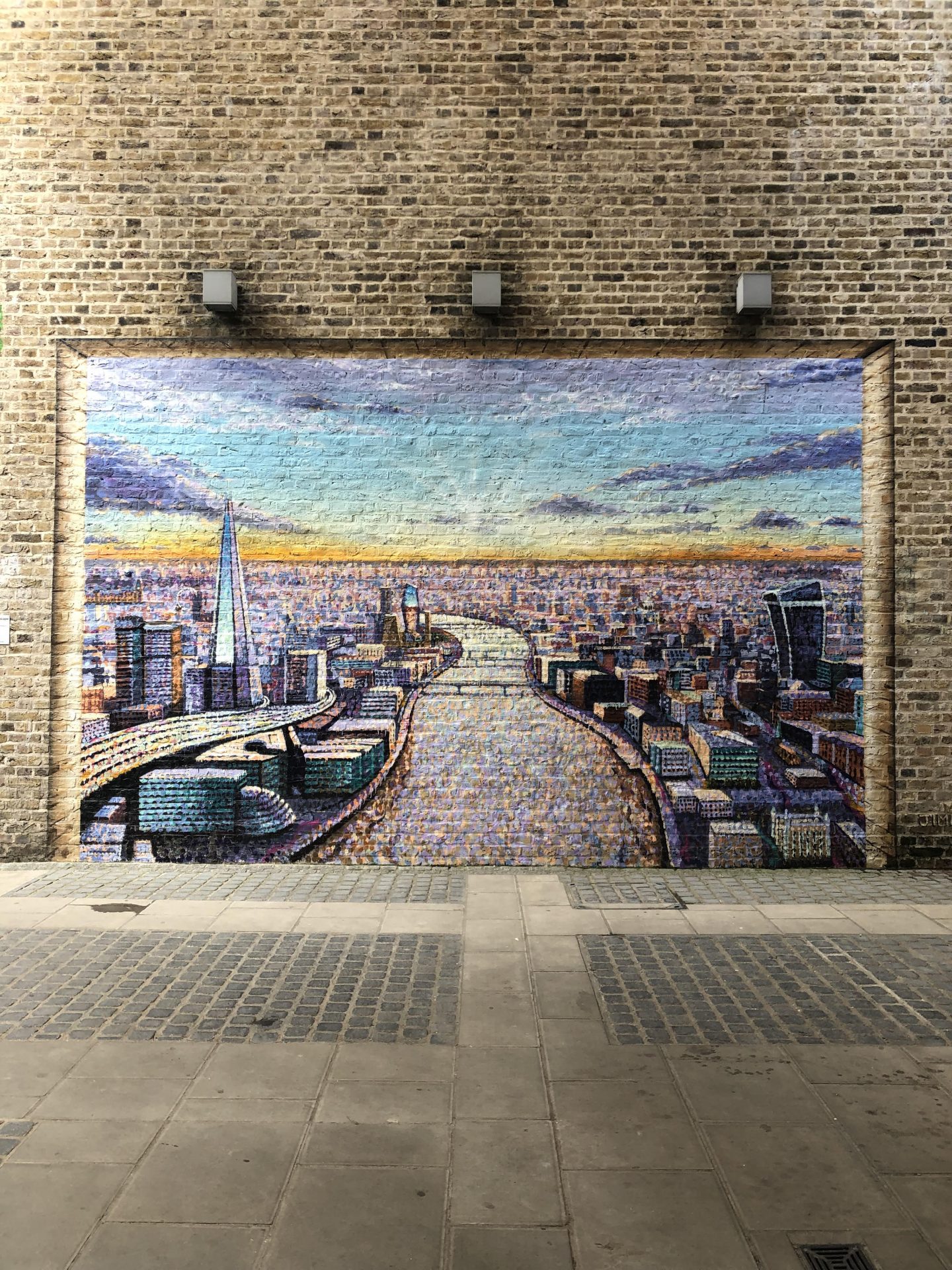
London’s architectural charm is a blend of historical richness and contemporary innovation. At the heart of this unique aesthetic lies a seemingly simple yet profoundly influential element: the London brick.
This iconic building material has constructed the city’s physical landscape and shaped its cultural identity. From the terraced houses of the Victorian era to the modern structures that pay homage to a storied past, the London brick serves as a tangible connection to the city’s heritage.
In this article, we will explore the multifaceted ways in which the London bricks have moulded the city’s appearance, leaving an indelible mark on its streets, neighbourhoods and the collective imagination of its inhabitants.
Historical Use
The London brick’s origins can be traced back to the late 19th century. London experienced significant growth during this time, and the need for a robust and readily available building material led to the widespread use of these distinct bricks. Particularly during the 1920s and 1930s housing boom, London bricks became synonymous with the city’s expansion.
Using London bricks during these critical periods in the city’s development helped establish a visual uniformity across various boroughs. They became an essential part of the urban fabric, providing a sense of cohesion and consistency to the rapidly growing metropolis.
Character and Colour
The character and colour of London bricks are notable for their warm and rich tones, often ranging from yellowish to brownish hues. These shades result from the specific clay used and the manufacturing process, including firing techniques.
The unique colouration of London bricks imparts a sense of warmth and familiarity to the cityscape. The bricks lend themselves to an inviting and historic aesthetic, resonating with London’s storied past. Whether used in residential homes or grand public buildings, the bricks’ texture and colour contribute to a recognizable London look that sets the city apart.
Influence of the Industrial Revolution
The Industrial Revolution marked a transformative period for London, as the city became a hub for manufacturing and commerce. The exponential growth required vast amounts of affordable and resilient building materials, and London bricks emerged as a practical choice.
During this time, factories, warehouses, and worker housing sprung up throughout the city, all predominantly constructed with London bricks. This uniform construction met the demands of a burgeoning industrial economy and forged a visual identity that remains linked to London’s heritage.
The influence of the Industrial Revolution on London’s architecture is still visible today, especially in areas that were once industrial centres. These robust brick structures stand as a testament to a time of innovation and growth, connecting the city’s present to its industrious past.
Architectural Style
London bricks have been instrumental in shaping two significant architectural styles in the city: Victorian and Edwardian.
- Victorian Architecture: London’s Victorian buildings, with their intricate details and ornate designs, are often constructed with London bricks. These bricks added character to the facades and allowed for creative expression in a practical and aesthetically pleasing way. The terraced houses built with London bricks from this period created uniform and charming streets that are still admired today.
- Edwardian Architecture: The Edwardian era saw a continuation of the use of London bricks but with a shift towards lighter and more refined designs. The bricks provided flexibility in construction and contributed to the distinct appearance of Edwardian homes with their wide frontages and decorative elements.
These architectural styles have become emblematic of London, and the London brick’s role in their creation cannot be overstated. They helped establish a continuity of design that has influenced subsequent generations of architects and builders.
Heritage and Preservation
Many of London’s historic buildings constructed with these bricks have been preserved, contributing to the city’s rich architectural heritage. These structures’ continued maintenance and restoration provide a tangible connection to London’s history and a sense of place within the urban environment.
Historic preservation efforts have often focused on maintaining the integrity of the original brickwork. This connection to the past is not merely aesthetic; it’s cultural. The London brick embodies a shared history, and its preservation ensures that future generations can experience and appreciate the city’s architectural legacy.
These preserved buildings, from historic homes to grand public structures, are cherished landmarks. They shape the city’s appearance and narrate the story of London’s growth and transformation.
Final Thought
London bricks have shaped the city’s appearance in many ways. These bricks have become synonymous with London’s urban fabric, from defining architectural styles and reflecting historical periods to fostering a connection between old and new. The warm hues and enduring quality of London brick have helped to create a unique and identifiable character for the city that resonates with residents and visitors alike.
Post in collaboration